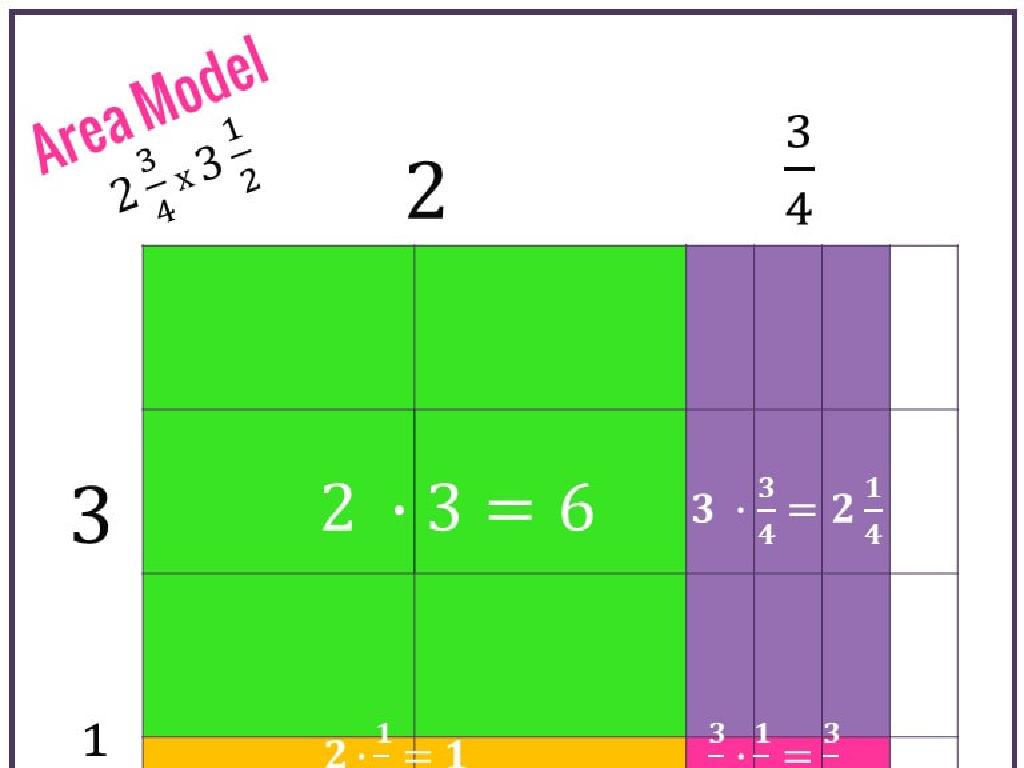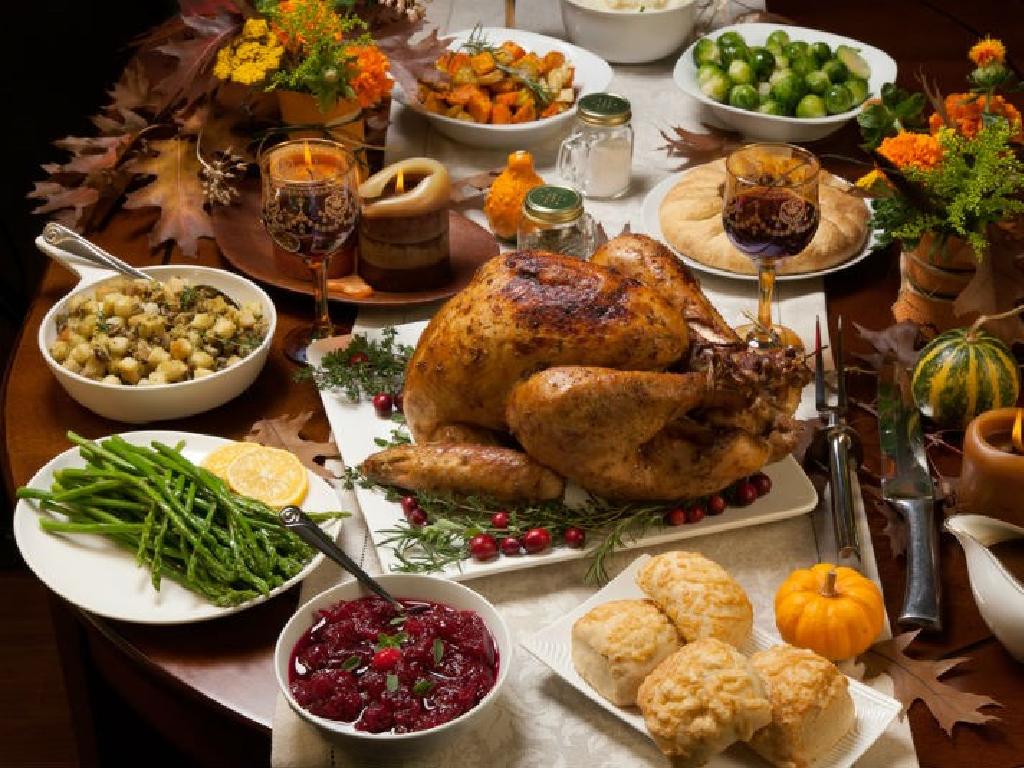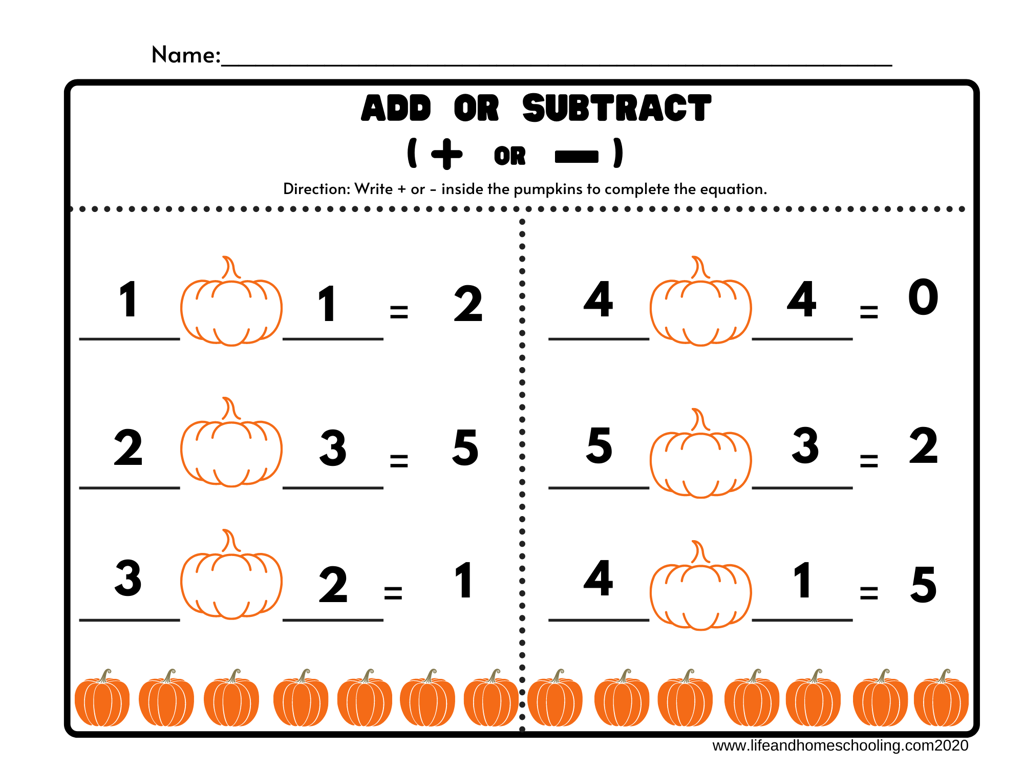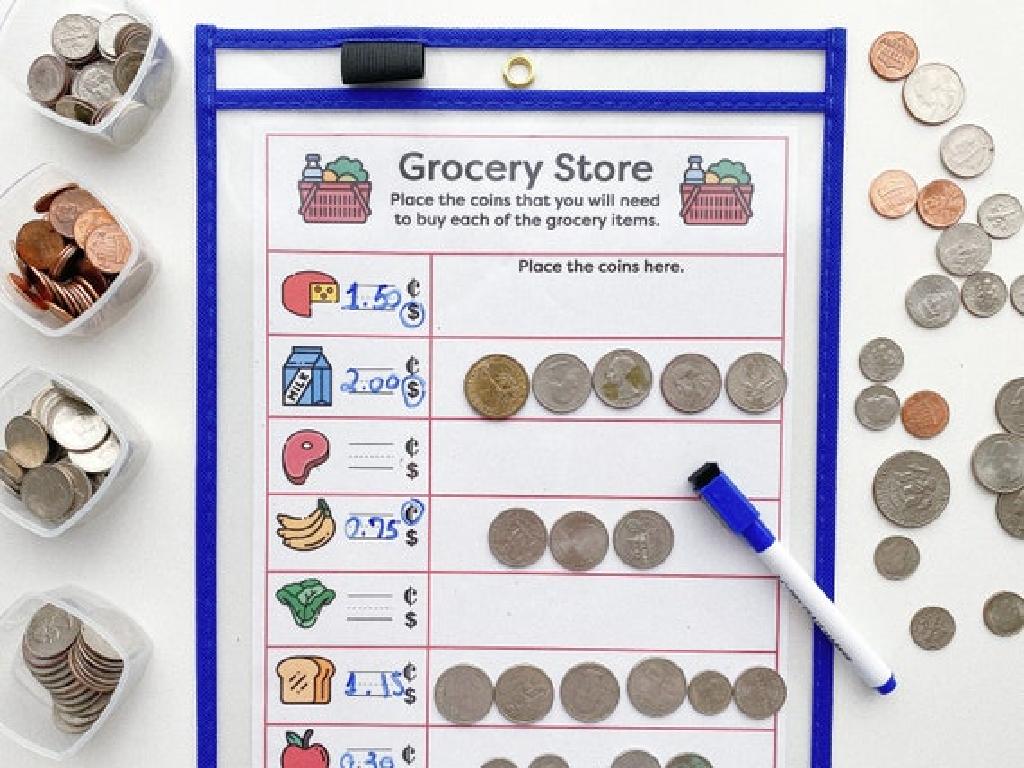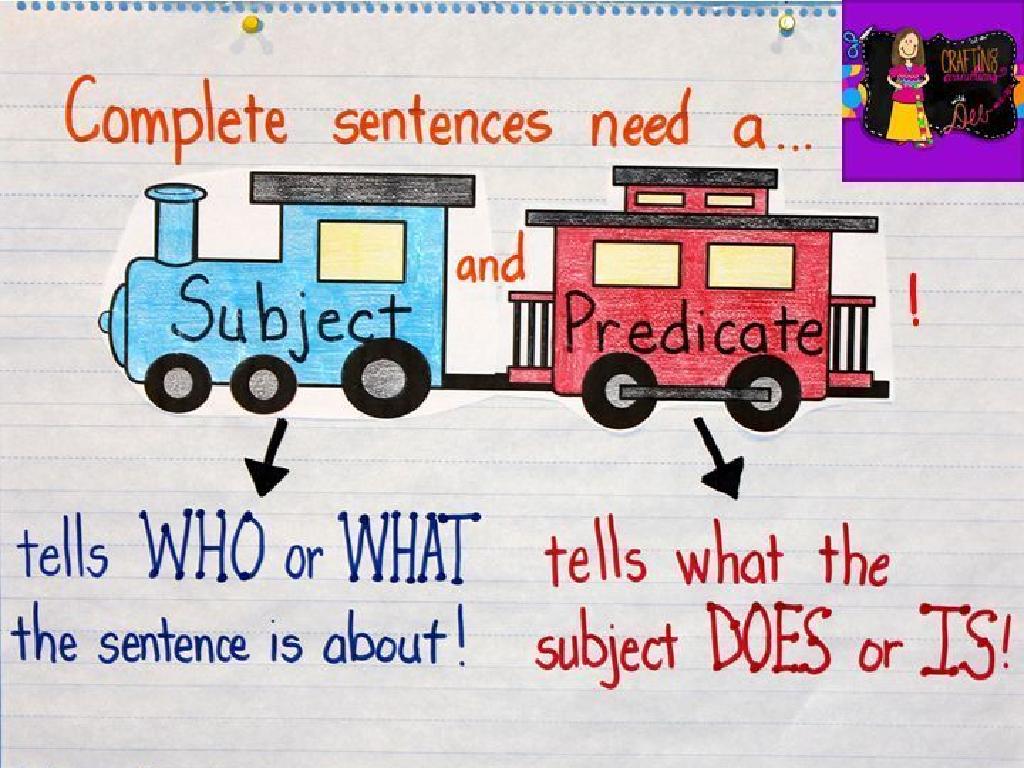Read Historical Fiction
Subject: Language arts
Grade: Fifth grade
Topic: Literary Texts: Level 2
Please LOG IN to download the presentation. Access is available to registered users only.
View More Content
Welcome to Historical Fiction!
– Define Historical Fiction
– A genre where stories are set in the past, with real historical events.
– Stories bring history to life
– Imagine living in another time! Like being in the American Revolution.
– Discover why we read it
– To learn history in an engaging way and understand the past.
– Explore different perspectives
– See events through the eyes of characters from that era.
|
This slide introduces students to the genre of historical fiction, which combines the drama of storytelling with the intrigue of historical events. It’s important to convey that historical fiction allows readers to experience history through the lives of the characters, making it a more immersive learning experience. Discuss the value of understanding history from different viewpoints and how it can give insight into the thoughts and feelings of people from the past. Encourage students to think about how historical fiction can be both educational and entertaining, sparking their interest in learning more about history.
Elements of Historical Fiction
– Setting: Time and Place
– The backdrop of the story, often a significant historical event.
– Characters: Real and Imagined
– Protagonists and antagonists may be inspired by actual historical figures or entirely fictional.
– Plot: Fact Meets Fiction
– The storyline combines true events with creative storytelling.
– Understanding Historical Context
|
This slide introduces the key elements that make up historical fiction, a genre that can transport students back in time. The setting is crucial as it grounds the story in a particular era and location, providing a backdrop for the events that unfold. Characters in historical fiction can be based on real historical figures or can be entirely fictional, but they often interact with historical events in a believable way. The plot is where fact and fiction are woven together to create a narrative that, while imaginative, is still plausible within the historical context. Encourage students to think about how these elements work together to make the past come alive and to consider the research an author must do to build such a world.
Understanding the Setting in Historical Fiction
– Setting shapes the story
– The time and place affect characters and events.
– Spot historical details
– Look for clues about the era, like clothing or technology.
– Draw a historical scene
– Use imagination to illustrate a scene from a book’s time period.
|
This slide introduces the concept of setting in historical fiction and its importance to the narrative. Discuss how the setting can influence characters’ actions and the plot’s progression. Provide guidance on identifying historical details that make the setting authentic, such as the type of buildings, clothing, or everyday objects from the time period. For the activity, encourage students to choose a scene from a historical fiction book they’ve read and draw it, focusing on accurately representing the historical period. Offer examples like a scene from colonial America or ancient Egypt to spark ideas. This activity will help students visualize and better understand the historical context of the stories they read.
Characters in Historical Fiction
– Real vs. fictional characters
– Learn to tell apart actual historical figures from made-up ones.
– Characters’ roles in history
– See how characters experience real historical events.
– Create a historical character profile
– Choose a historical figure and imagine their life details.
|
This slide aims to help students understand the blend of fact and fiction in historical novels. Start by explaining how to distinguish between characters that were real people and those that are imagined by the author. Discuss how fictional characters might be woven into real historical events and the importance of this interaction for the story. For the activity, guide students to select a historical figure, research their life, and create a detailed character profile, including their background, role in historical events, and imagined personal traits or experiences. This exercise will enhance their understanding of character development within the context of historical fiction and improve their research skills.
Plot: Fact Meets Fiction
– Historical facts in stories
– Use real events to build a narrative
– Plot twists in Historical Fiction
– Famous twists: ‘Number the Stars’, ‘The Invention of Hugo Cabret’
– Create your historical story
– Pick an event and imagine a story
– Share your story ideas
|
This slide introduces students to the concept of blending historical facts with creative storytelling in historical fiction. Start by explaining how authors use real events and settings to create a believable world in their stories. Provide examples of historical fiction books that incorporate plot twists, such as ‘Number the Stars’ by Lois Lowry, which adds fictional elements to the historical context of World War II. For the activity, encourage students to choose a historical event they’ve studied and imagine a story around it. This could involve creating characters, a problem, and a resolution that fits within the chosen time period. Allow students to brainstorm and share their story ideas with the class. This exercise will help them understand the structure of historical fiction and the importance of factual accuracy combined with creative liberty.
Exploring Historical Fiction
– Tips for understanding the genre
– Look for historical setting, events, and characters.
– Identifying the author’s purpose
– Why did the author write this? To inform, entertain, or persuade?
– Activity: Read a book excerpt
– Choose an engaging excerpt from a historical fiction book.
|
This slide introduces students to the genre of historical fiction, emphasizing the importance of context in understanding the story. Provide tips such as paying attention to the time period, key historical events, and the portrayal of real or fictional characters. Discuss the author’s purpose, which could be to educate about a historical period, to tell a story from a unique perspective, or to highlight societal issues of the time. For the activity, select a captivating excerpt from a historical fiction book appropriate for fifth graders, and guide them to read and discuss in small groups or as a class. Encourage students to consider how the setting and characters bring the historical period to life and to share their thoughts on the author’s message.
The Value of Historical Fiction
– Connects us with the past
– It’s like a time machine in a book!
– Learn history via storytelling
– Stories make history facts memorable.
– Historical Fiction shapes our view
– It can show history from different perspectives.
– Discuss the impact on our history perception
– How might a story change your thoughts about history?
|
This slide aims to highlight the importance of historical fiction in learning and connecting with the past. It’s crucial to convey to students that historical fiction is not just about memorizing dates and facts; it’s about experiencing the emotions and the atmosphere of the past through well-told stories. By discussing how historical fiction can influence our understanding of history, students can appreciate the genre’s power to present diverse perspectives and humanize historical figures. Encourage students to think critically about the stories they read and to consider how these narratives might alter or enhance their perception of historical events.
Class Activity: Time Capsule Stories
– Write your historical fiction story
– Include a real historical figure/event
– Think of someone like Abraham Lincoln or the moon landing
– Share your story with classmates
– Reflect on the experience
– What did you enjoy about this activity?
|
This activity is designed to engage students with historical fiction by allowing them to create their own stories. Encourage them to research a historical figure or event they are interested in. Provide a list of figures/events as examples. Students should aim for a short story length, perhaps 1-2 pages. After writing, they will share their stories in small groups or with the entire class, depending on time. Possible activities: 1) Peer review before sharing, 2) Create illustrations for their stories, 3) Act out a scene from their stories, 4) Write a reflection on what they learned about the historical period, 5) Discuss the difference between historical facts and fiction in their stories.

